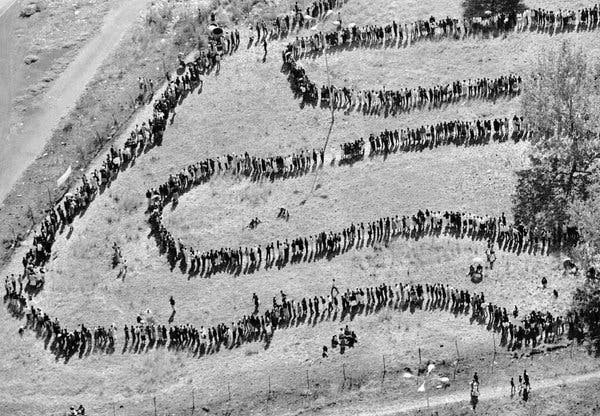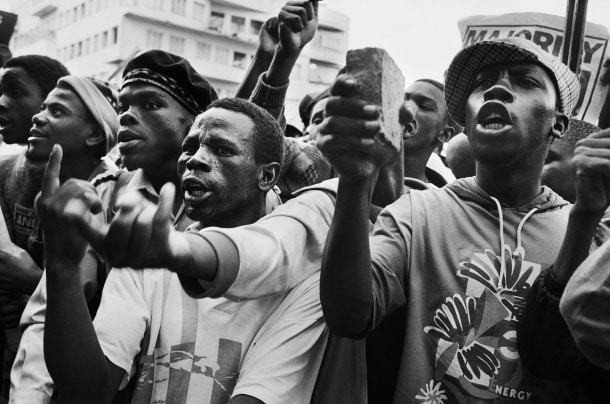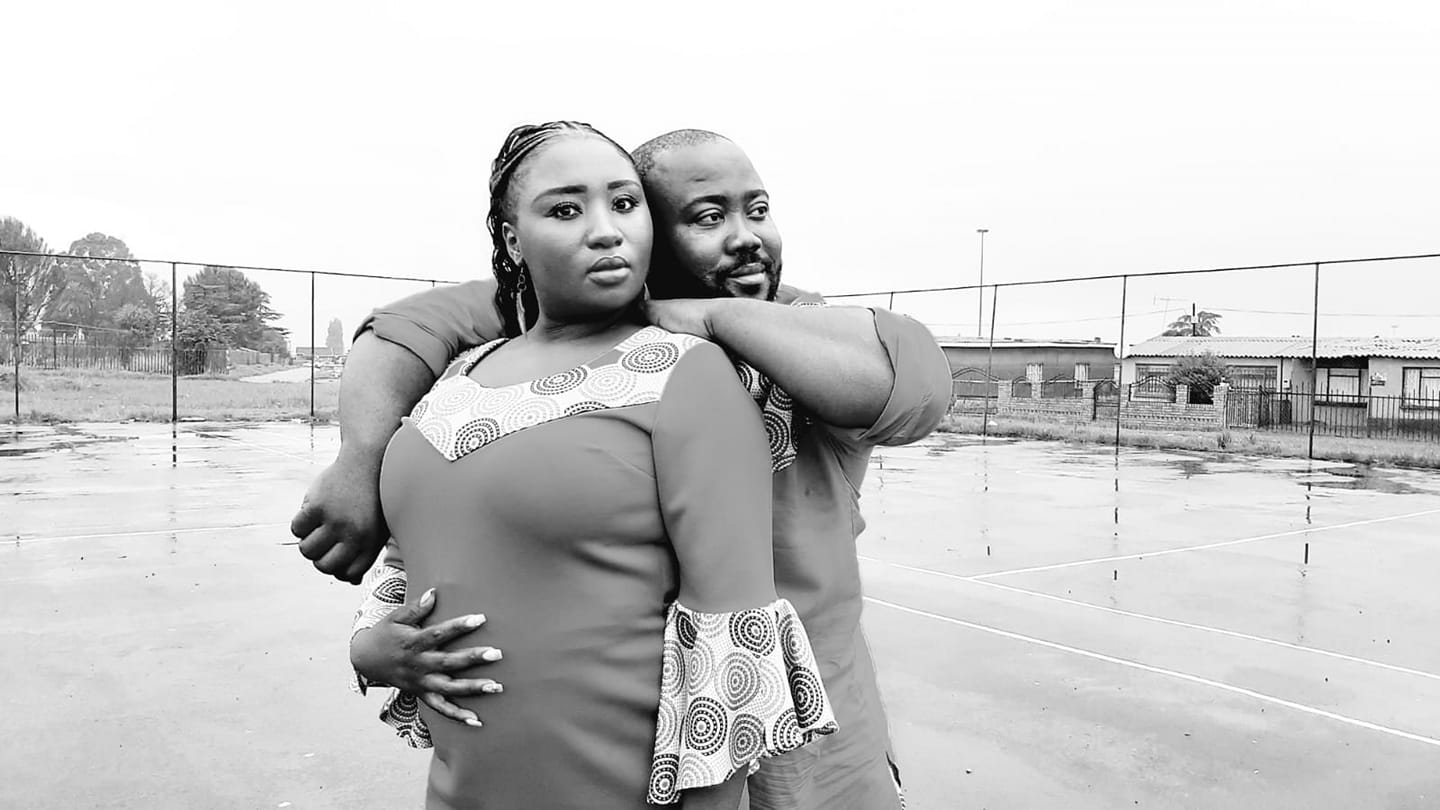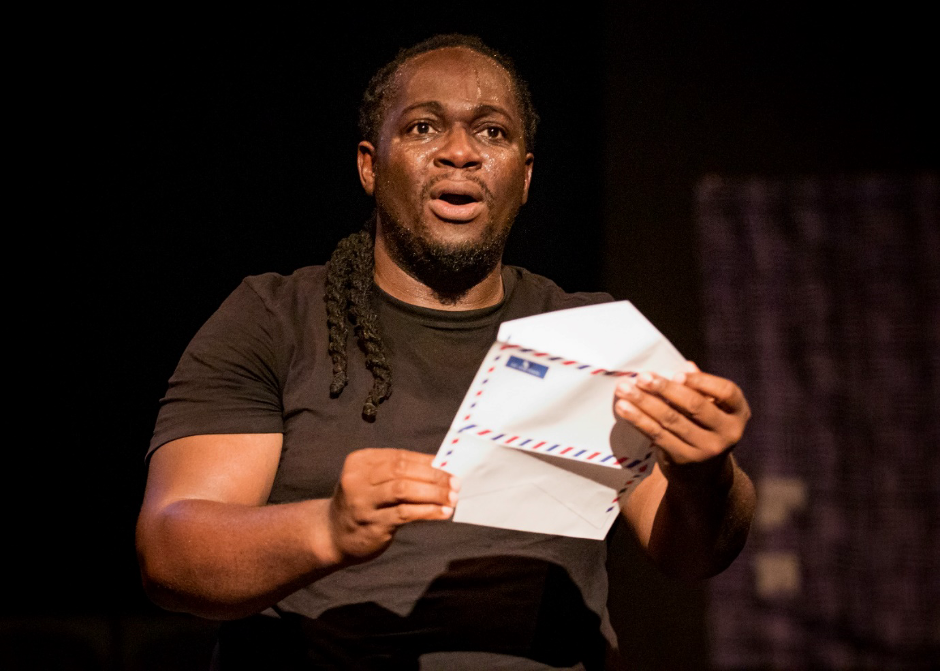Everyone enjoying South Africa’s democracy must cease referring to persons that sacrificed for our freedom as ‘terrorists’ or ‘rebels’, instead fittingly call them, Freedom Fighters.
27 years into South Africa’s democracy, one shudders about the National Party’s (NP) past obsession (after their 26 May 1948 election victory) under their dour leader Dr. Daniel Francois (DF) Malan. Their malicious imposition of ‘Apartheid’ as their official government policy, crudely endorsed ‘institutionalized racism’. Absurdity of such a decision was driven by racial bias against the country’s majority ‘black’ populace. It was eventually resisted for four disconsolate decades. Such officialised racism only ceased once the African National Congress (ANC) won elections on 27 April 1994 henceforth commencing a democratic future. In my view Political Scientist Dan O’Meara’s choice, of entitling his book Forty Lost Years (1996), was not a farfetched decision.
To its victims, the Apartheid era still conjures up bitterness. I shared the latter emotion while reading about myriad unsung Freedom Fighters, labeled in the archives as terrorists/rebels. Although affiliations to other political parties exist, reference to Freedom Fighters in this article is limited to ‘black’ South African foot soldiers affiliated to ANC.
These activists pledged to realize the ‘Freedom Charter’s’ ten clauses, adopted in Kliptown, Soweto in 1955. These were mostly young ‘black’ males and females, who risked their lives by nicodemously exiting (skipping) South Africa to undergo military training or ‘armed struggle’. This involved plenty furtive infiltrations to attack targets in South Africa. Trained cadres operated under ANC’s military wing, Umkhonto we Sizwe (MK), translated as ‘Spear of the Nation’, formed on 16 December 1961 after the ANC and the Pan-Africanist Congress (PAC) were banned (on 8th April 1960) by the then Governor-General Charles Robberts (CR) Swart’s NP government—of bigots.
Mindful of all the above, on Monday 25 January 2021, I read a phone message, from my maternal cousin Ms. Thandeka Beyers. “Good day family. May I share this special day with you 25 January 1980, my father along with his 2 cadres/comrades/childhood friends were killed. They were later to be known as the ‘Silverton 3’ (Silverton Siege). There are many unsung heroes whose legacy should never die”.
As a ‘black’ South African, whose part of the droves of those brusquely born in exile (in Morogoro, Tanzania), I was utterly unaware about what Thandeka’s transient memorial message brought afore. Prior to Thandeka’s message, the only family casualty whom I knew, as a Freedom Fighter was my paternal uncle, Montgomery Michael Lenepa Moloi (1959-1986). His nom de guerre was Kopano Leabua, part of the Alldays 6, also known as the Eendvogeplan killings (of 10 July 1986) executed by Apartheid’s security branch in Limpopo. This is why Thandeka’s message incited me to seek for further details about the ‘Silverton Siege’ — for personal (family) and professional (Social Science) reasons. Useful sources found included articles, books, ANC papers and Truth and Reconciliation (TRC) reports.
Here is the gist of what is claimed to have transpired that day. Three ‘terrorists/rebels’ tried to rob Volkskas Bank in Silverton, Pretoria. They apprehended 25 ‘white’ people as hostages until their demands were met. The ordeal lasted from 1:30 pm to 7:00 pm. The five lives lost, comprised of the ‘terrorists/rebels’ and two hostages (Mrs. Cindy Anderson and Mrs. Annetjie de Klerk). Although the death toll and duration reported is accurate, such narratives are disingenuous.
Firstly, ‘terrorists/rebels’ was a derogatory reference to three young ‘black’ men (all aged 26 years old) who were childhood friends from Diepkloof, Soweto. They were Thandeka’s father, commander of the trio Wilfred Nzamela Madela (Nzo), Humphrey Thamsanqa Makhubo (Mateu), and Fanie/Stephen Mafoko (named Zindile Ramakoa in ANC’s Sechaba Journal, of December 1982:7). They were trained in Angola and were part of the ‘Transvaal Urban Machinery’, commanded by cadre George Molebatsi. The trio infiltrated into South Africa, from Swaziland, with other MK cadres, later trialed (from 14 April 1980) for attacking Soekmekaar Police Station. Secondly, hostages were never part of MK policy so their fate in this saga was sadly ill-fated.
Thirdly, the alleged demands, as dictated to hostage Mrs. Phoebe Chatwind, dismiss any financial interest, instead exposing their political agenda. They demanded for the release of political prisoners, namely comrades Nelson Mandela and James Daniel Mange. They then evoked reminders about the ‘Pietermaritzburg 12’, ‘Solomon Mahlangu’ and ‘Freedom Charter’.
Their demand of a helicopter was a superfluous addition, in case of an utopian escape. These Freedom Fighters are buried at Doornkop cemetery in Jabulani, Soweto. The ANC secured local sculptor Professor Pitika Ka Ntuli to lead their memorial project. YEMYEM Holdings (a ‘black’ owned company operating in the energy solutions sector) also chipped in and ensured a successful commemorative launch of the monument on 26 January 2013, sited at the corner of Eben Cuyler Drive and Jack Klipin Road in Zone 1, Diepkloof, Soweto.
A film about the ‘Silverton Siege’ is expected, as part of cinematographer Mandlakayise Walter Dube Jnr.’s ‘legacy series’, dubbed ‘Legends of Freedom’. Dube’s portfolio includes the co-written threatre production, The Rivonia Trial (2010) and the movie Kalushi (2016). In closure let’s ominously muse upon the judge’s remarks, when ending the ‘Silverton and Soekmekaar trial’ on 27 November 1980, “the rebels of today, are the leaders of tomorrow”. Aluta Continua!



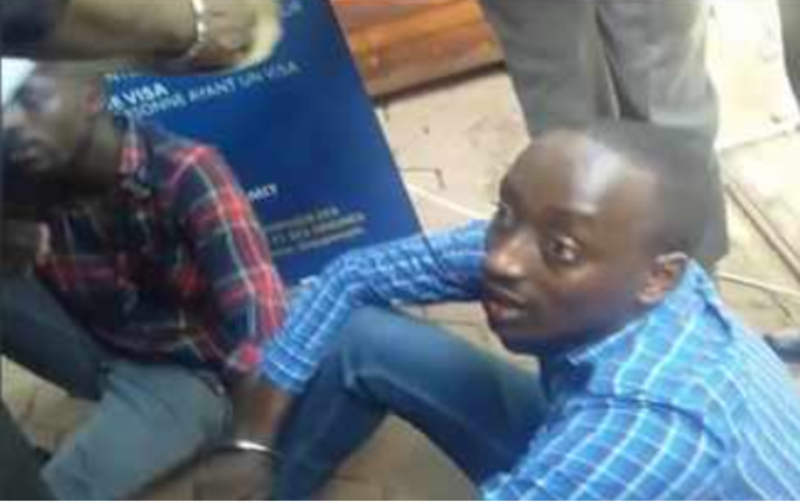

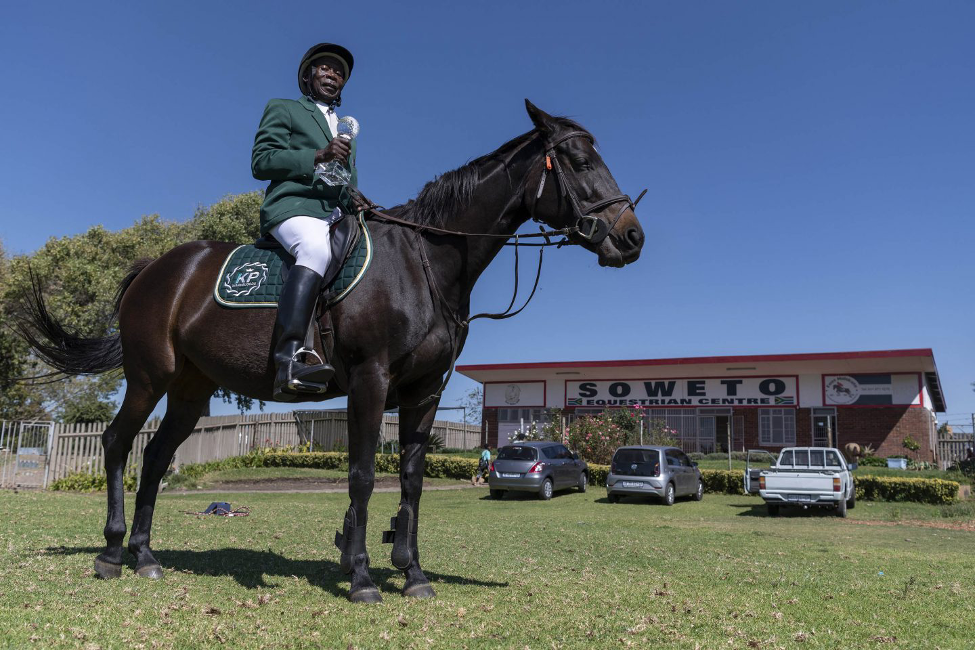

![1976 [Part 1]](assets/images/1976.jpg)
